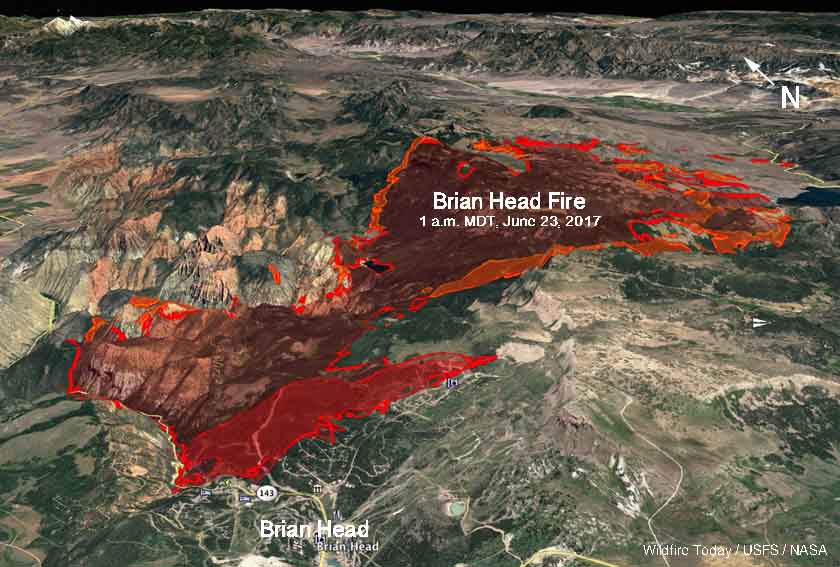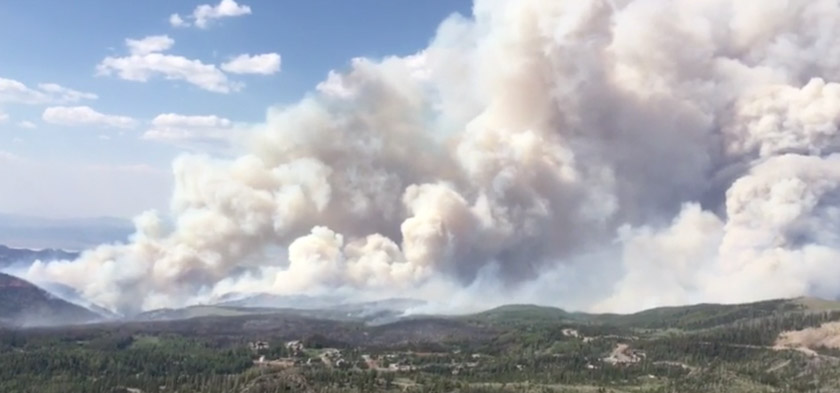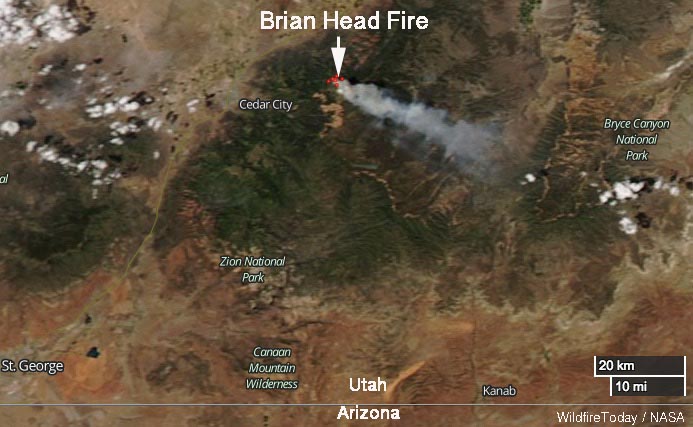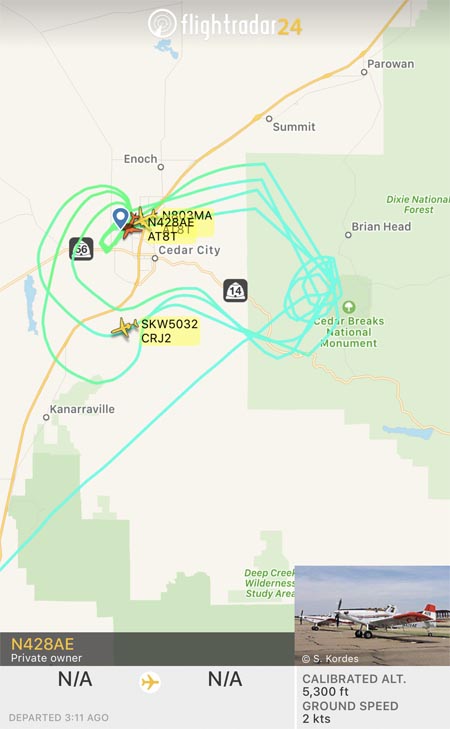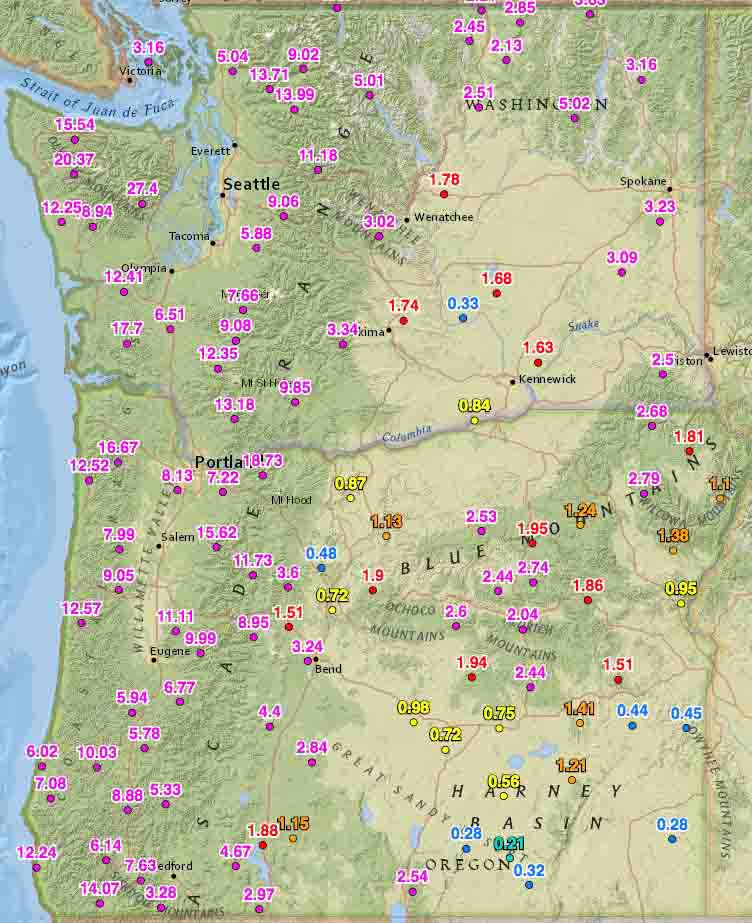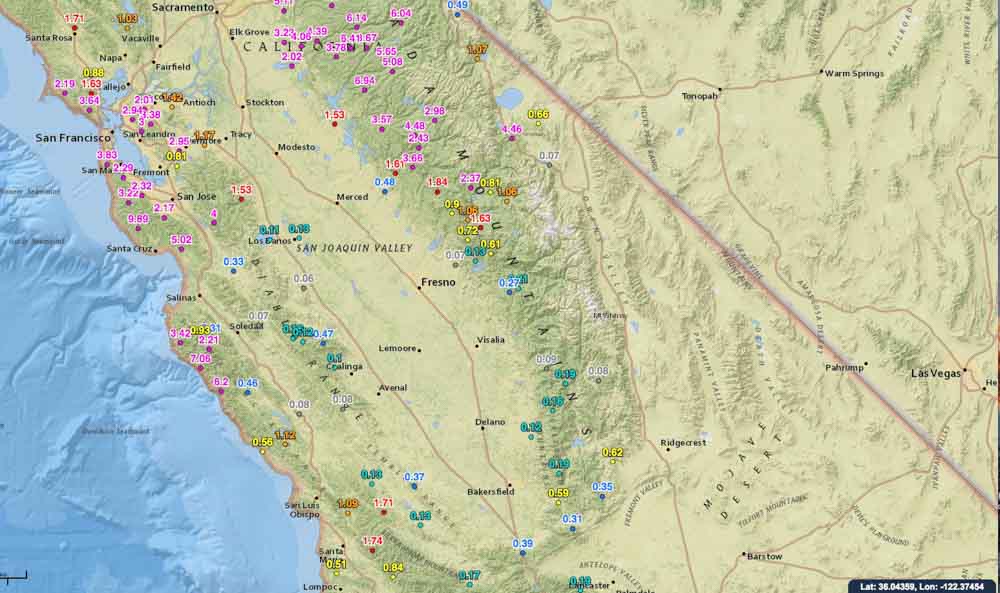Above: A 3-D map of the perimeter of the Brian Head Fire as of 10:30 p.m. MDT June 23, 2017.
The Brian Head Fire in southwest Utah continued to burn structures Friday. At the end of the day the Incident Management Team reported that 26 have been destroyed, double the number from Thursday.
The fire also blackened an additional 10,000 acres bringing the total up to 37,560.
As of Saturday night the fire had spread to the south approaching the closed Highway 143 in several places but has not crossed it. Most of the expansion on Saturday was on the south and southeast sides.
Tim Roide’s Great Basin Type 2 Incident Management Team is not providing a great deal of information about the fire, but as of Friday evacuations were still in effect in several areas. They have been producing a daily update, but on Inciweb the Team suggests searching for the generic hashtag #BrianHeadFire to find information provided by others.
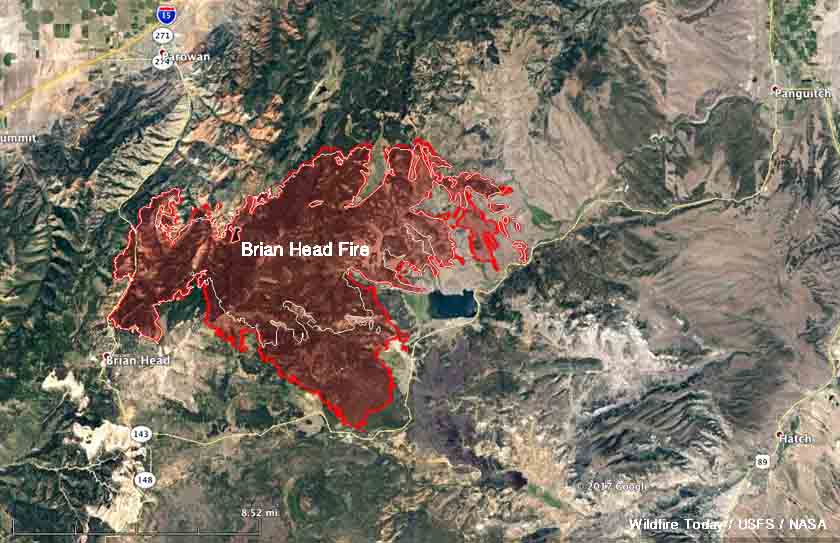
Firefighting resources assigned to the fire include 10 Type 1 hand crews, 13 Type 2 hand crews, 4 Type 1 helicopters, 5 other helicopters, 40 engines, and a total of 836 personnel.
Be sure and click on the photos below a couple of times to see larger versions… especially the one on the left.
Incredible photos from the #BrianHeadFire . Special thanks @UtahWildfire & @USFSDNF , photos courtesy Matt Lancaster, USFS. #utwx #utfire pic.twitter.com/4QJZgJilMl
— NWS Salt Lake City (@NWSSaltLakeCity) June 22, 2017




